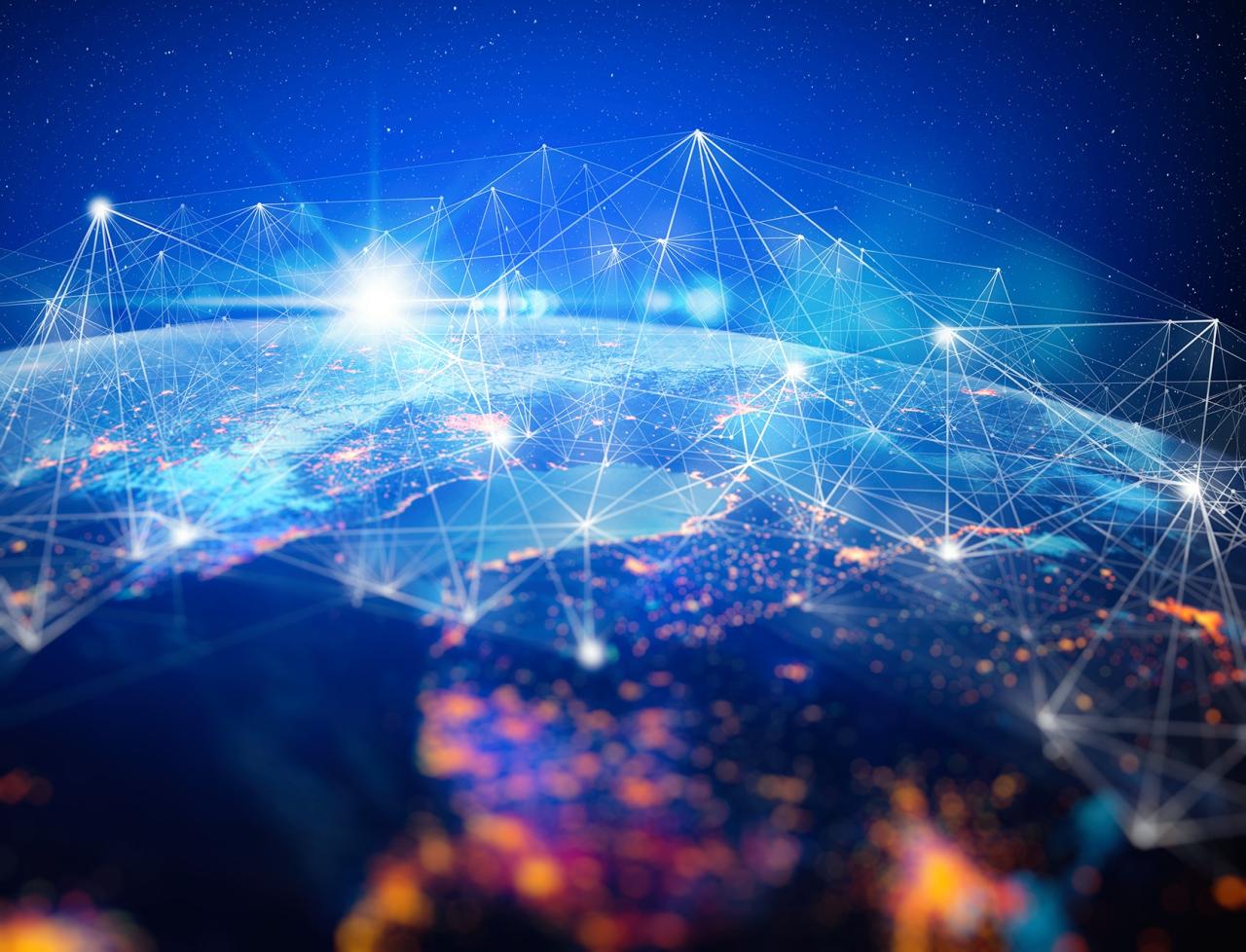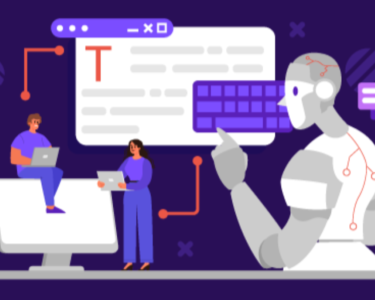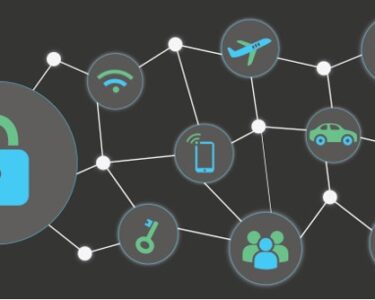
Digital Connectivity Lifestyle
In the modern era, digital connectivity has become an integral part of our lives. From smartphones and laptops to social media and the internet, we are constantly connected to a vast network of information and communication channels. This digital connectivity lifestyle has had a profound impact on our social interactions, work habits, and overall well-being.
Social Interactions
Digital connectivity has transformed the way we connect with others. Social media platforms like Facebook, Instagram, and Twitter have allowed us to stay in touch with friends and family who live far away. We can share our experiences, photos, and videos, creating a sense of virtual community. However, excessive social media use can also lead to comparison and envy, as well as a reduction in face-to-face interactions.
Work and Education
Digital connectivity has revolutionized the way we work and learn. Remote work, video conferencing, and online courses have made it possible for us to access jobs and educational opportunities from anywhere in the world. However, the constant availability of technology can also blur the lines between work and home life, leading to burnout and stress.
Health and Well-being
Digital connectivity has both positive and negative effects on our health and well-being. On the one hand, apps and wearable devices can help us track our fitness, nutrition, and sleep patterns. On the other hand, excessive screen time can lead to eye strain, headaches, and sleep disturbances. It is important to find a balance between using technology for health benefits and minimizing its potential risks.
Privacy and Security
Digital connectivity comes with concerns about privacy and security. As we share more personal information online, it is crucial to be aware of the risks of data breaches, identity theft, and cyberbullying. We must take steps to protect our online presence by using strong passwords, being cautious about what we share, and using privacy settings on social media platforms.
Benefits of Digital Connectivity
- Convenience: Digital connectivity allows us to access information, communicate with others, and manage our daily tasks with ease.
- Efficiency: Technology can streamline our work and make us more productive.
- Global Reach: Digital connectivity breaks down geographic barriers, connecting us with people and resources from around the world.
- Education and Information: The internet provides access to a vast wealth of knowledge and educational resources.
- Entertainment: Digital devices offer a wide range of entertainment options, including streaming services, video games, and social media feeds.
Challenges of Digital Connectivity
- Social Isolation: Excessive digital connectivity can lead to reduced face-to-face interactions and social isolation.
- Addiction: Digital devices and social media platforms can be addictive, leading to compulsive use and neglecting other aspects of life.
- Information Overload: The constant bombardment of information online can be overwhelming and difficult to process.
- Cybersecurity Risks: Digital connectivity exposes us to various cybersecurity threats, such as hacking, phishing, and malware.
- Digital Divide: Not everyone has equal access to digital technology, creating disparities in opportunities and information access.
Balancing Digital Connectivity
To harness the benefits of digital connectivity while mitigating its challenges, it is essential to achieve a healthy balance. Here are some tips:
- Set Boundaries: Limit screen time and designate technology-free zones and times.
- Use Technology for Connection: Use digital devices to connect with loved ones, participate in virtual communities, and support meaningful relationships.
- Protect Privacy and Security: Be cautious about sharing personal information online and use strong security measures to protect your devices and data.
- Promote Digital Literacy: Educate yourself and others about digital connectivity, online safety, and privacy.
- Seek Support: If you experience negative effects from digital connectivity, seek support from friends, family, mental health professionals, or support groups.
In conclusion, digital connectivity is a powerful tool that can enrich our lives in countless ways. However, it is crucial to use it wisely and responsibly to maximize its benefits while minimizing its potential risks. By achieving a healthy balance between our digital and offline worlds, we can harness the power of digital connectivity to enhance our well-being, connections, and opportunities.


